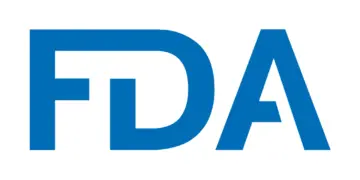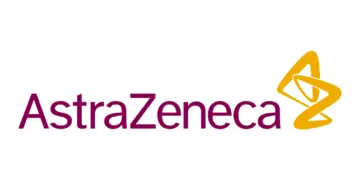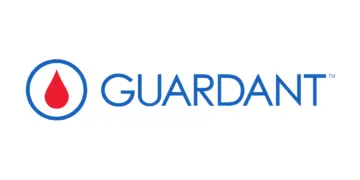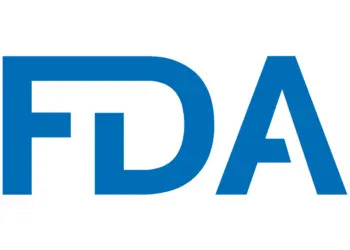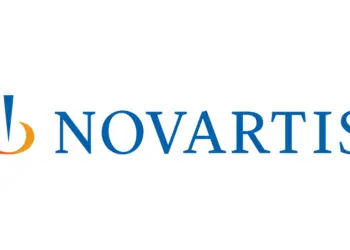Johnson & Johnson said the U.S. Food and Drug Administration (FDA) has cleared DARZALEX FASPRO® (daratumumab and hyaluronidase-fihj) for use as a single-agent treatment in adults with high-risk smoldering multiple myeloma (HR-SMM). This approval makes it the first and only treatment option available for this patient group, allowing clinicians to intervene before the disease advances to active multiple myeloma.
The decision is based on data from the AQUILA study (NCT03301220), the largest Phase 3 clinical trial conducted in HR-SMM. The study compared DARZALEX FASPRO® against active monitoring (the “Watch and Wait” approach) and demonstrated a significant 51 percent reduction in the risk of progression to active disease or death. The results align with the International Myeloma Working Group (IMWG) diagnostic criteria. The FDA’s approval follows a May 2025 vote by the agency’s Oncologic Drugs Advisory Committee (ODAC), which supported the therapy’s positive benefit-risk profile for HR-SMM patients.
Smoldering multiple myeloma (SMM) is a clinically silent but genomically identical precursor to active myeloma, in which abnormal plasma cells are detectable in bone marrow. In 2025, more than 36,000 new multiple myeloma cases are expected in the U.S., with approximately 15 percent categorized as smoldering. Roughly half of those with HR-SMM progress to active disease within two years of diagnosis. The current standard care involves close monitoring to identify biochemical or organ-related progression, but emerging evidence indicates that early therapeutic action could alter patient outcomes.
“Until now, patients diagnosed with smoldering multiple myeloma only have the option to watch and wait for any active signs of progression to active disease,” said Peter Voorhees, M.D., Atrium Health/Levine Cancer Institute, Charlotte, N.C. “Results from AQUILA demonstrated DARZALEX FASPRO significantly delayed disease progression, underscoring the role of early disease intervention for patients with high-risk smoldering multiple myeloma.”
After a median follow-up of 65.2 months, the Phase 3 AQUILA study found that 63.1 percent of patients treated with DARZALEX FASPRO® had not progressed to active myeloma at five years, compared to 40.7 percent in the active monitoring group (hazard ratio [HR], 0.49; 95% confidence interval [CI], 0.36–0.67; P<0.001). In a post hoc analysis, 41 percent of patients met the Mayo 2018 HR-SMM classification criteria, and within this subgroup, median progression-free survival (PFS) was not reached for the DARZALEX FASPRO® arm versus 22.1 months for active monitoring (HR, 0.36; 95% CI, 0.23–0.58).
Beyond PFS, patients receiving DARZALEX FASPRO® showed a 63.4 percent response rate compared with 2.0 percent among those under active monitoring (P<0.001). The median time to first-line treatment for multiple myeloma was longer for DARZALEX FASPRO® patients, with the median not reached versus 50.2 months in the monitoring group (HR, 0.46; 95% CI, 0.33–0.62).
“DARZALEX FASPRO is a foundational therapy in multiple myeloma and illustrates our commitment to improve outcomes for patients at every stage of their disease,” said Jordan Schecter, M.D., Vice President, Research & Development, Multiple Myeloma, Oncology, Johnson & Johnson Innovative Medicine. “Data from the AQUILA study reinforce the significant impact DARZALEX FASPRO continues to have for patients. With today’s approval, patients with HR-SMM will now be able to receive this treatment before they progress to active multiple myeloma, giving us the opportunity to shift the treatment paradigm and bring hope to people who are impacted by this disease.”
Adverse events reported in AQUILA were consistent with prior DARZALEX FASPRO® studies. The most common (≥20%) included upper respiratory tract infection, musculoskeletal pain, fatigue, diarrhea, rash, sleep disorder, sensory neuropathy, and injection site reactions. Findings from AQUILA were first shared during the 2024 American Society of Hematology (ASH) Annual Meeting and published simultaneously in The New England Journal of Medicine. A subgroup analysis will be presented at the 2025 ASH Annual Meeting in Orlando from December 6–9, focusing on efficacy and safety outcomes using IMWG 2020 and IMWG 2020 plus cytogenetic risk models.






